
Detector Group
MAIA Detector
Maia is an advanced system designed specifically for scanning X-ray fluorescence microprobe applications. It consists of a large array of photodiode detectors and associated signal processing, closely coupled to an FPGA based control and analysis system.
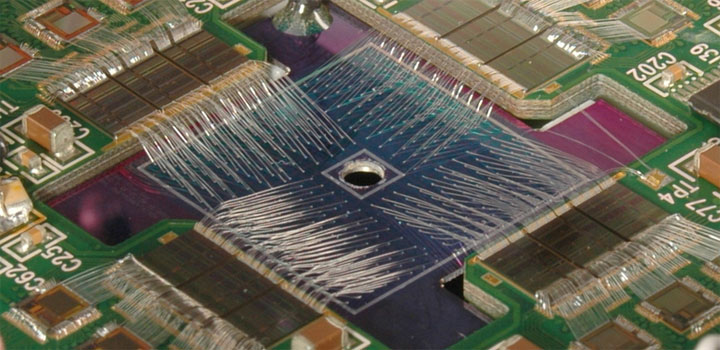
MAIA Detector
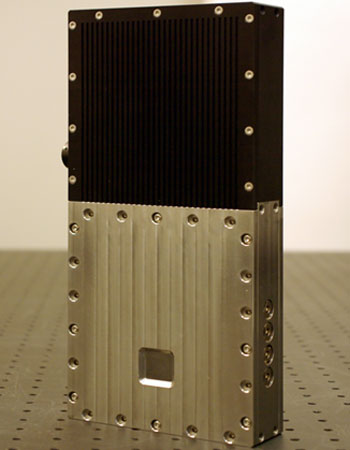
Finished product
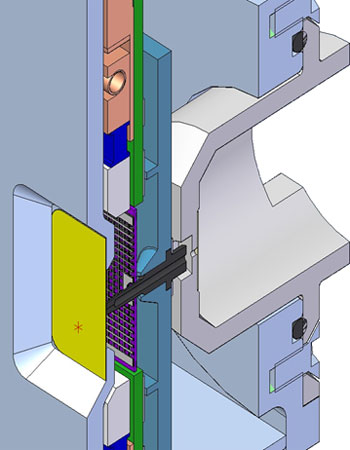
The cross-section of MAIA
MAIA Detector Development
The planar diode sensors in MAIA limit the energy resolution. Also the noise performance of the current ASIC needs to be improved To obtain a low capacitance sensor, we are exploring the option of Silicon Drift Detectors or SDDs and samples are being fabricated. A new amplifier MARS has been designed to provide lower noise together with these low-capacitance detectors.
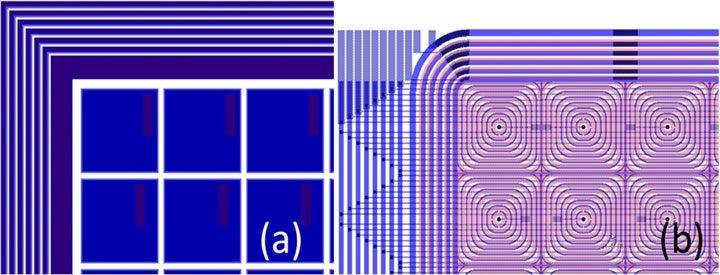
The comparison between old (a) and new (b) MAIA structure—note the complexity of the new improved version
VIPIC (Vertically Integrated Photon Imaging Chip)
VIPIC is a small 64 x 64 pixels sensor for soft X-ray. It explores the possibilities of three-dimensional integration for x-ray imaging applications. VIPIC operates without any readout dead-time. Each detected photon is immediately read out as a time- and position-stamped event
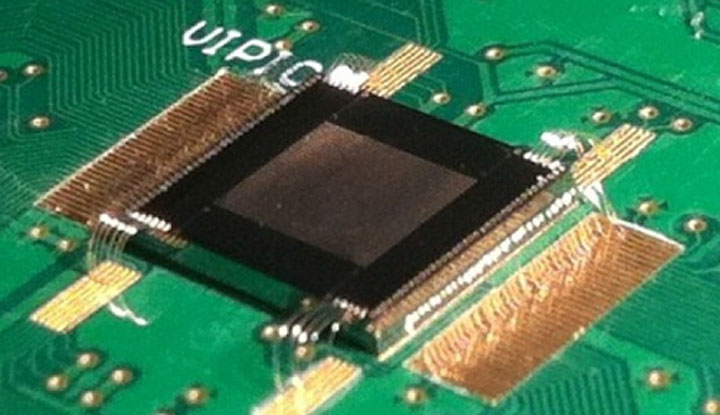
VIPIC chip mounted on PCB
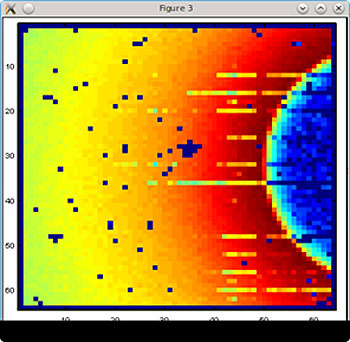
Time-integrated image of scattering pattern recorded by VIPIC
HEXID (Hyperspectral Energy-resolving X-ray Imaging Detector)
HEXID can be thought of as a true color X-Ray camera! It is an imaging detector for x-rays, which provides spectroscopic data for each pixel. It would be the basis for a full-field elemental microscope, and also could reinvigorate the Laue white-beam diffraction method of crystallographic structure determination. We have fabricated a prototype of such a detector consisting of a 16 x 16 array of hexagonal pixels. The hexagonal array provides some reduction in the complexity of the charge-combining algorithm. In addition, there are fewer ways in which the charge can be split in a hexagonal array. In particular, the charge is at most divided into three pixels, not four as is the case for a square array. These two features both help in making the reconstruction of split charges easier and potentially lower noise (i.e. better energy resolution).
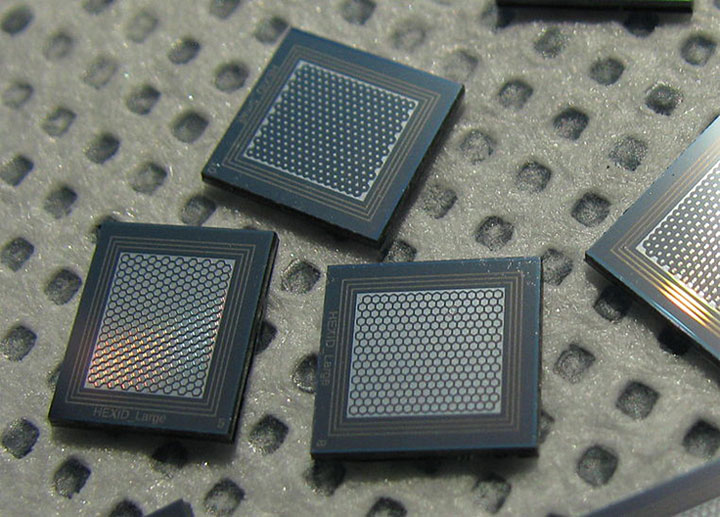
HEXID prototype chips




